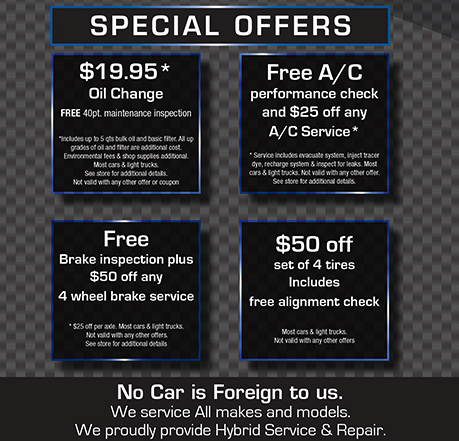Car companies have been boasting about features like blindspot monitoring and active park assist for some time, but a French automaker is looking to make the next parking enhancement by fully automating the parking experience by simply hitting a button on your smartphone.
According to the French car company Valeo, technological ingenuities like ultrasonic sound-wave sensors, 360-degree cameras and laser scanners will allow cars to park themselves safely. All a driver will have to do is hit a button on his or her smart phone. The fully-automated system is called “Connected Automated Valet Parking.â€
“Driving around looking for a space is not dead yet,†said Eugene Tsyrklevich, CEO of Parkopedia, an app that helps drivers find open parking spaces. “But it will be.â€
Self-Parking Benefits
Unlike cars that can parallel park for the driver, the Connected Automated Valet Parking would go beyond simply turning the wheel. After a driver parks on a connection deck near the lot’s entrance, the driver would hit a button on their smartphone. The car will sync up with the parking lot and travel at a blistering 3 miles an hour towards the most efficient parking spot. The car would then back itself in, making it easier for the driver to exit the space when desired.
Valeo said the technology would have numerous benefits, including:
- More orderly parking
- Less driver frustration
- More efficient parking, squeezing more cars into parking lots
- Hazard detection that may not be visible to human drivers
While the benefits are numerous, the technology still has a long way to go before you’ll see it on a parking ramp near you. Once the technology is sharpened in the vehicle – think perfected sound-wave sensors and laser scanners – car manufacturers would have to get parking lot owners on board. This would require a hi-tech communications system and a unique radio frequency with government approval. On top of that, government regulations and legal liabilities still need to be hammered out, and currently only nine states allow driverless cars on public roads.
So while the technology may seem cool, economists and automakers say the technology is still a few years away. Automakers hope to have self-parking cars with the sensors and laser technology within the next five years, but they expect that it would be in the form of an on-board control, not a smartphone app from a designated platform. Once that technology is perfected, then automakers will turn to apps and remote valet parking.
Related source: Business Insider
